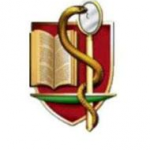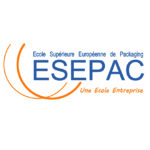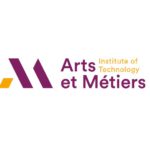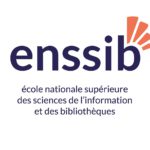Arts et Métiers Chambéry
The Arts et Métiers Institute of Chambery is one of elf sites of the Ecole Nationale Supérieure d’Arts et Métiers that positions itself as the Grande Ecole for technology (6.000 students, 400 teachers, 11 CTI accredited engineering courses, 14 laboratories and research teams).
The Institute came about twenty years ago at Technolac, the Savoie Technological Pole, with the vocation of studying how different environmental constraints are taken into account in relation to product development and industrialisation throughout their lifecycle.
Dedicated to teaching, research and technological transfer, the Institute welcomes around eighty new students each year for a full engineering curriculum in Environment and Risk Management or for Mastère Spécialisé® sustainable innovation or sustainable construction.
École Nationale Supérieure des Sciences de l’Information et des Bibliothèques – Enssib
The National School of Information and Library Science provides:
• Training of State Civil Servants who pass the entrance examinations (LibraryCurator and Librarians); ;
• Master level university training courses;
• Lifelong learning for professionals either on site or remotely.
Enssib supports and promotes research in Information and Library Science
Enssib proposes services and resources for the professional community.
Enssib publishes:
• Paper and digital books;
• The French Libraries Newsletter;
• The Enssib revue and the Digital Libraries & Information Sciences;
(DLIS) research notebook;
• A letter of information.
Ecole de Santé des Armées – ESA

It is fully integrated into the SSA training system and hence provides University follow-up and support for students, recruited at baccalaureate level, for the first two cycles of their Medical and Pharmaceutical studies in the Universities of Lyon1 and also provides them with officer training. These actions contribute to the training of army hospital residents who serve in the army teaching hospitals (HIA) and permit the full initial training programme for the Pharmacists who graduate from the ESA in order to take up their first job.
Institut régional universitaire polytechnique – IRUP

Created in 1995 on the initiative of the Rhone Alps Region to develop conjoint working and studying in higher education in order to rise to the needs of the economic world

In terms of competences, the ambition of the IRUP is to be a “Talent Activator” for young people, for staff and for job searchers.
The IRUP that today has around 2.500 graduates, proposes five training fields (from one to five years of University studies) that lead directly to
jobs that guarantee a good level of employability to students and very often immediate access to jobs
Ecole Nationale Supérieure de la Sécurité Sociale- EN3S
Located in Saint-Etienne, EN3S is the reference establishment for top managers in the French Social Security system. Its main role is the recruitment and lifelong training of
the heads of the organizations that comprise the public service for social protection (Caf, Cpam, Urssaf, Carsat, etc.).
The school also contributes to the training of specialized inspection bodies and those in charge of controls in the Health and Social sector: Health Insurance Consulting Practitioners, Consulting Engineers, Occupational Health and Safety Experts. The school does not have tenured staff and instead relies on a network of over 900 lecturers. It drives research projects and takes part in the promotion of social protection in France and internationally.
ESEPAC

It offers :
An original pedagogy, placing students on work situation, assimilation through the realization of business projects and concrete achievements. It is supported on a large technical plateau continuously renewed, permanently accessible for students.
An international opening through a partnership with Rutgers University, projects, visits and fairs abroad.
Continuing professional training degree (VAE type) or qualifying (targeted training).
About 140 students, 120 of whom are apprentices, take these courses annually and 93% are employed less than a year after graduation.






